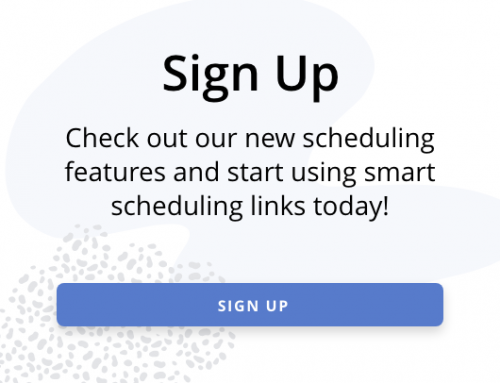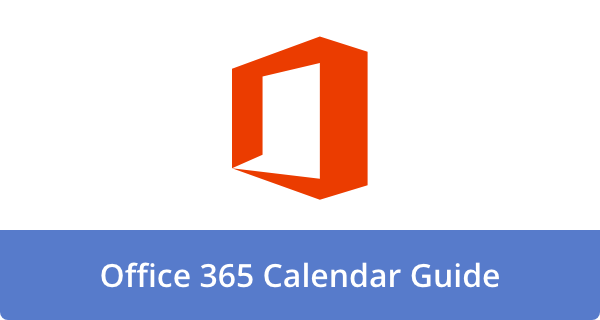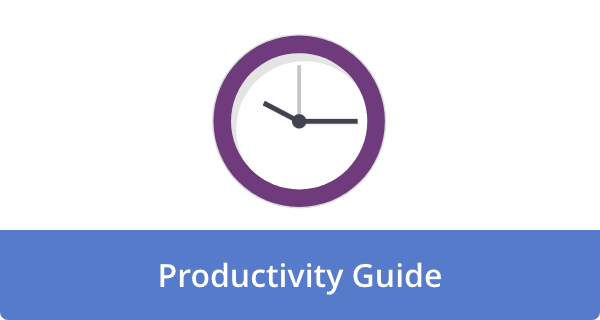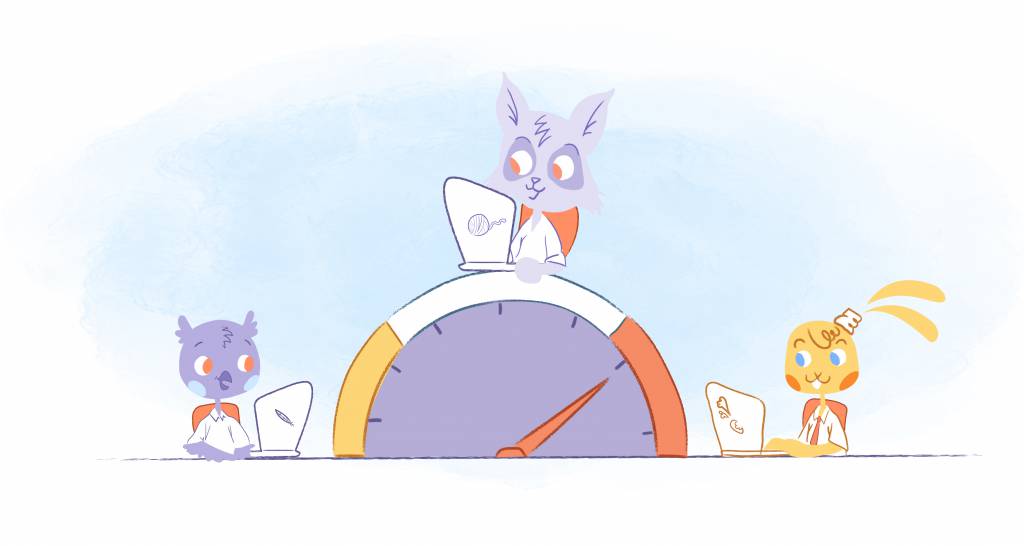

We’re all searching for that magic bullet when it comes to productivity—you know, the one thing that will make us efficient superheroes who can conquer any to-do list. But what if I told you the secret isn’t about adding more to your plate but taking things off?
Think about it for a moment. What percentage of your time are you wasting on useless tasks? About 31% of employees waste around 30 minutes a day, while the top 10% waste substantially more, sometimes more than 3 hours. Moreover, nearly 45% of tech workers say they spend four hours or less on “focused work,” according to a poll on Blind, an anonymous workplace community.
A “Not-To-Do” list can help with that. It’s like a reverse to-do list, where you can pinpoint time-suckers and productivity killers. So, let’s look at how you can create your own Not-To-Do list and, get this, work less while getting more done.
Why a Not-To-Do List Matters
Time is a finite resource. Despite this, we waste time on low-value tasks, interruptions, and inefficiencies. However, when you avoid these pitfalls, you can devote more time to high-impact projects.
Specifically, with the help of a well-crafted not-to-do, you can;
- Stress and mental clutter can be reduced.
- Increase productivity and focus.
- Rather than working harder, work smarter.
- In the words of Michael Hyatt, “If you want balance in your life, you want a Not-to-Do list.”
That’s not to say that you should completely abandon your to-do list. But, as Patti Digh perfectly put it, “Sometimes our stop-doing list needs to be bigger than our to-do list.”
How to Create a Not-To-Do List
Now, it’s time to think about your own not-to-do. But how do you make one of these magical lists? Well, let’s dive in.
Identify your time-wasters.
The first step is to become a time detective. I want you to take a close look at how you spend your day and identify recurring tasks, distractions, and habits that are holding you back from achieving your goals.
In other words, we’re talking about endless scrolling on social media, constantly checking email, or sitting through meetings that could have been handled by email. This step is all about being honest with yourself.
Recognize your personal productivity traps.
Next up? You need to know yourself. After all, we all have our own productivity kryptonite.
Perhaps you’re a “yes” person who agrees to everything, resulting in overcommitment and stress. You may get stuck in details, hoping for perfection and never completing anything. No matter what, you need to recognize these personal traps to set boundaries and maintain your well-being.
Set clear boundaries.
Here’s the most important part: establishing those boundaries. A not-to-do can only be effective if you follow it. Consider it your personal rulebook. You could, for example,
- Do not check your email first thing in the morning. Instead, start with a task that will actually make a difference.
- Only attend meetings with an agenda. Before committing your precious time, ensure there is a real purpose.
- Avoid multitasking. Concentrate on one thing at a time. The more you do, and the better your work will be, the more you’ll get done.
Key Items for Your Not-To-Do List
For some, the idea of a not-to-do list sounds counterintuitive. But, seriously, it can be a game changer. To get you started, here are some items you might consider adding to your list:
Time and energy vampires.
You know what I’m talking about. It’s those tasks that eat up a lot of time. Think endless email chains that could be a quick phone call or meetings that could have been a quick Slack chat. End these time-suckers by identifying them and putting them on notice. Is it possible to delegate them? Could they be automated? Would it be possible to eliminate them altogether? Don’t be afraid to be brutal here.
Perfectionist traps.
Do you spend too much time tweaking and perfecting things that are already good enough? It’s happened to all of us. Have you revised that presentation a tenth time? After the third, you’ll probably be fine. You should put “over-perfecting” on your not-to-do list. Remember realistic standards.
The “shoulds.”
Often, you feel obligated to do tasks that don’t really contribute to your goals. Whether it is “I should attend that networking event” or “I should respond to every single email immediately,” put an end to should-ing yourself. It shouldn’t be on your to-do list or schedule if it doesn’t move you forward. Don’t feel guilty about those ‘shoulds’ by putting them on your not-to-do list.
Low-impact activities.
The 80/20 rule is a good guideline to follow. What 20% of your efforts produce 80% of your results? Conversely, what do you do that takes up much of your time but yields little return? Make a list of the low-impact activities and put them on the Not-To-Do list. Keep your energy focused on the most important things.
“Not right now” items.
We’re not talking about procrastination here. It’s all about prioritizing. Even though you might want to do them eventually, they aren’t crucial now. Place them on the not-to-do list instead of cluttering your mind and to-do list. If you want to revisit them later, you can always do so.
Keeping a not-to-do list is an ongoing process. As such, review your tasks regularly to determine if they are the most efficient use of your time. Suppose the answer is no; you know where it belongs.
Implementing Your Not-To-Do List
As soon as your list is ready, make it visible. You can attach it to your desk, set reminders, or incorporate it into your daily planning routine. Continually revise and update it to keep it aligned with your evolving priorities.
When you are intentional about what you don’t do, you will have more energy and time for the tasks that matter. The key to achieving more is to work smarter rather than harder.
FAQs
What exactly is a Not-To-Do List?
As the name implies, not-to-do lists list things you will not do. The list consists of tasks, activities, or habits you’ve identified as distractions, time wasters, or things that don’t contribute to your most important goals. By consciously avoiding what doesn’t matter, you can devote your energy to what really matters.
How is a Not-To-Do List different from a To-Do List?
To-do lists focus on what needs to be done. On the other hand,not-to-do lists focus on what you shouldn’t do. Together, they make a powerful team. You can eliminate unnecessary tasks from your to-do list with a not-to-do list.
Why should I create a Not-To-Do List? What are the benefits?
There are several benefits to creating a not-to-do list;
- Improved focus. Concentrating on your most important tasks is easier when distractions are identified and eliminated.
- Increased productivity. Putting your attention on the right things will improve your efficiency and productivity.
- Reduced stress. By saying “no” to unnecessary commitments, you can decrease feelings of overwhelm and free up mental space.
- Better time management. Keeping a not-to-do list allows you to prioritize your tasks and allocate your time effectively.
- Clarity on priorities. Creating a not-to-do list forces you to reflect on your goals and what is truly important.
What kinds of things should go on my Not-To-Do List?
Here are some examples of items you might include on your not-to-do list:
- Checking email constantly. Instead of reacting to every notification, schedule specific times for email.
- Attending unnecessary meetings. Decide which meetings are truly essential and decline the rest.
- Multitasking. For better concentration and quality, focus on one thing at a time.
- Perfectionism. Rather than focusing on perfection, focus on progress instead.
- Procrastination triggers. Procrastination-causing activities should be avoided.
- Low-value tasks. If a task doesn’t contribute much to your goals, delegate it or eliminate it.
- Saying “yes” to everything. When requests don’t match your priorities, politely decline them.
How often should I review and update my Not-To-Do List?
You should review your not-to-do list regularly, perhaps weekly or monthly, to ensure that it is still aligned with your current priorities and goals. Changes are always happening in the world, and your not-to-do list should reflect those changes.
Image Credit: Tara Winstead; Pexels











John Rampton
John’s goal in life is to make people’s lives much more productive. Upping productivity allows us to spend more time doing the things we enjoy most. John was recently recognized by Entrepreneur Magazine as being one of the top marketers in the World. John is co-founder and CEO of Calendar.